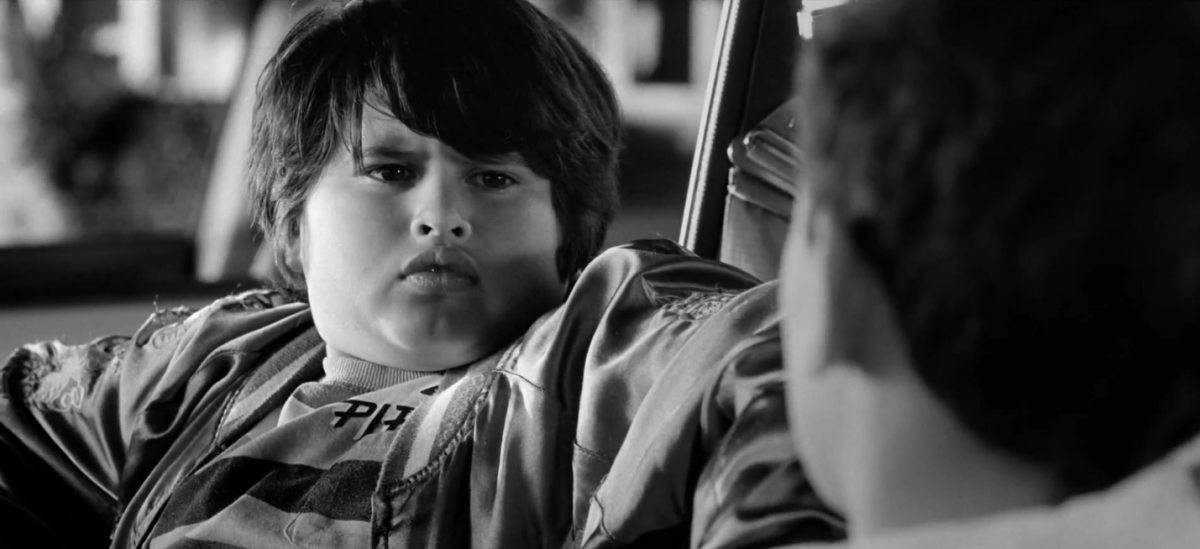Nothing lasts forever. An ad campaign that works today might not work tomorrow. When that day comes it’s time to mix up your advertising.
Like violent films, viewers become desensitized to advertising. This presents a challenge when campaigns run over years or even decades. When the message stops getting through it’s time to do something different.
There’s a well-known quote in the advertising world: “Half the money I spend on advertising is wasted; the trouble is I don’t know which half.” What advertisers do know is that advertising that relies on the same technique and formula eventually is wasted. Consumers are becoming adept at tuning out advertising messages. This has implications for any organization, large or small.
One way advertisers and marketers get around this is by mixing up the advertising.
Road safety ads
Road safety ads make a good case study. For decades the messages have been the same: don’t drink and drive; speed kills; don’t fall asleep at the wheel. Whilst the messages are largely the same, the ads aren’t. Road safety campaigns have evolved because they had to. As certain advertising strategies lost their effectiveness, new ones emerged.
Road safety is an issue that affects all of us. 1.3 million people died on roads in 2012. The good news is the number is dropping. There are many reasons for this: better driver education, safer vehicles, and better roads have all contributed to making us safer.
Some argue advertising has played a part.
A new PSA from New Zealand is doing the rounds on the internet. “Mistakes” is just the latest in a string of acclaimed ads out of New Zealand. Why did the New Zealand Transport Agency focus on advertising?
In 1995 road deaths seemed to be in every news bulletin. I remember it well. In a country of less than four million people, 600 were dying in car accidents every year. For a country with good roads and modern cars this was too high. One night that year four students from my school died when the car they were in flew off a road and ended up in a gully 30 meters below. In one way or another, road deaths affected every New Zealander.
The Australian example
Victoria, a state in Australia with a similar population to New Zealand had a similar problem. In 1989, 776 people died on Victorian roads. But by 1995 the number was half that. In these six years the Transport Accident Commission (TAC) used advertising to drive the number of road deaths down. It started with shock ads: wrecked, smoking cars; bloodied, limp bodies; tears and screaming.
Over time these ads began to lose their effectiveness. Consumers began to tune out from the grief and gore on their screens and the TAC had to mix it up. The advertising evolved to ensure viewers didn’t become worn out or too comfortable with the message.
On Australian screens you now see what’s known as “The Three E’s”:
- The Emotional Ad (shock or grief)
- Kombi Night Shift ad
- Pictures of You ad (Hat tip to Tom who alerted me to this ad in a previous article)
- The Educational Ad (factual)
- The Enforcement Ad (legal consequences)
Road safety advertising in New Zealand
The New Zealand Transport Agency (or the Land Transport Safety Authority as it was known then) saw the impact of the shock ads in Victoria and by 1995 our screens flashed similar images of grief and gore. Like Victoria, the ads seemed to work, and when they lost their effectiveness, the advertising changed. Since the late 1990s, The NZTA has mixed up its advertising by adding lighter and funny ads into the mix. It appears to be working. There were 254 road deaths in 2013 — less than half the number of deaths in 1995.
The lesson: mix up your advertising
The lesson for those of us with advertising budgets is that we mix up our advertising to reduce the number of viewers filtering the message out. When our advertising becomes familiar it becomes harder for us to persuade. When your audience begins to tune your messages out, change it up. Try something different and unexpected.
If you’d like to read more about advertising methods (including the road safety ads mentioned above) I highly recommend The Gruen Transfer book. It can be ordered from ABC Australia. The road safety segment from the show can be viewed on my YouTube channel.
—
Memorable New Zealand road safety PSAs
For a long time New Zealand followed Victoria’s lead and rolled out shock ads every few months. Over time the advertising evolved and become more sophisticated. Here are four recent ads that have met acclaim.

… [Trackback]
[…] Information on that Topic: jrmyprtr.com/mix-up-your-advertising-campaign/ […]